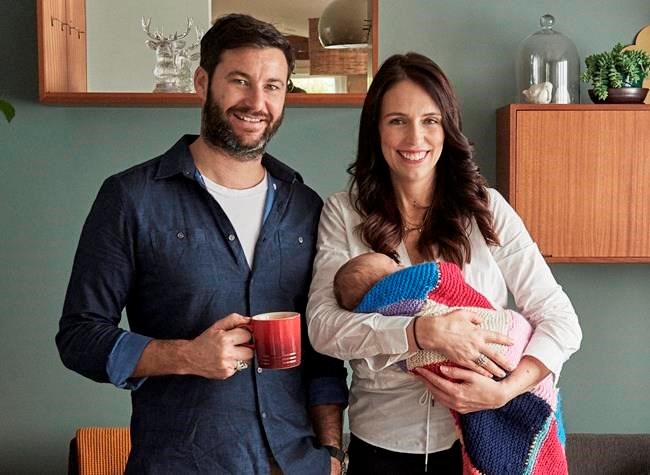One of the central themes in my columns, and in my academic and professional writing and presentations, is that, as a society, we have got our priorities wrong.
We have focused on economic growth and increase in material wealth rather than on increased human and social development and quality of life. With that in mind, it is heartening to see that at least one government is making the shift to these broader objectives.
Don’t get too excited — it’s not happening in Canada.
It’s New Zealand, where they have a different outlook. On May 30, the New Zealand government delivered what is surely the world’s first wellbeing budget. But what exactly is a wellbeing budget and what makes it different?
In her budget message, Prime Minister Jacinda Ardern commented: “While economic growth is important — and something we will continue to pursue — it alone does not guarantee improvements to our living standards. Nor does it measure the quality of economic activity or take into account who benefits and who is left out or left behind.”
Here we have a government that understands not all growth is good, and even more important, that the purpose of the economy is not simply to grow, but to improve our living standards, without leaving people out or leaving them behind.
“[It] signals a new approach to how government works, by placing the well being of New Zealanders at the heart of what we do,” said Grant Robertson, the Minister of Finance. Instead of focusing on “a limited set of economic data,” with success defined by “a narrow range of indicators, like GDP growth,” this new approach measures success in line with New Zealanders’ values — “fairness, the protection of the environment, the strength of our communities.”
To do so, the government has built on 30 years of work in New Zealand and internationally to create a Living Standards Framework that considers “the inter-generational well being impacts of policies and proposals.” It recognizes four forms of capital — natural, human, social and the combination of financial and physical capital.
These are then linked to 12 domains of well being that include civic engagement, cultural identity, safety and security and subjective well being. These are similar to the domains in the Canadian Index of Wellbeing, which was initiated by the Atkinson Foundation in 1999 and has been housed at the University of Waterloo since 2010.
To my knowledge, regrettably, no federal or provincial government has adopted its guidelines.
The wellbeing budget “focuses on five priority areas where evidence tells us there are the greatest opportunities to make real differences to the lives of New Zealanders.” Priorities intend to: Support mental well being, especially for those under 24; improve child well being and reduce child poverty; increase incomes, skills and opportunities for Maori and Pacific Islanders; support a thriving digital-age economy, and create opportunities for organizations and communities to transition to a sustainable and low-emissions economy.
Just as interesting as the budget is the process used to create it. Rather than the usual siloed approach, where each ministry just considers its own issues and concerns, “ministers had to show how their bids would achieve the well-being priorities.” Cabinet committees then worked to create collaborative approaches across ministries, supporting collective approaches to the well-being priorities.
New Zealand is similar, in many ways, to B.C. With nearly five million people, it is a resource-rich country with a long coast line, a significant and increasingly assertive Indigenous population and a British colonial history.
But it also has a history of democratic innovation. In 1867, it created four parliamentary seats for Maori and in 1893 it became the first country in the world to give women — including Maori women — the right to vote in parliamentary elections.
It is also noteworthy that New Zealand has had proportional representation since 1996, which resulted in no party having a clear majority in the 2017 election. The government that introduced the wellbeing budget is a coalition, led by the Labour party.
Clearly, coalition governments can take bold initiatives.
If they can do it in New Zealand, there is no reason why we cannot have a wellbeing budget in British Columbia.



